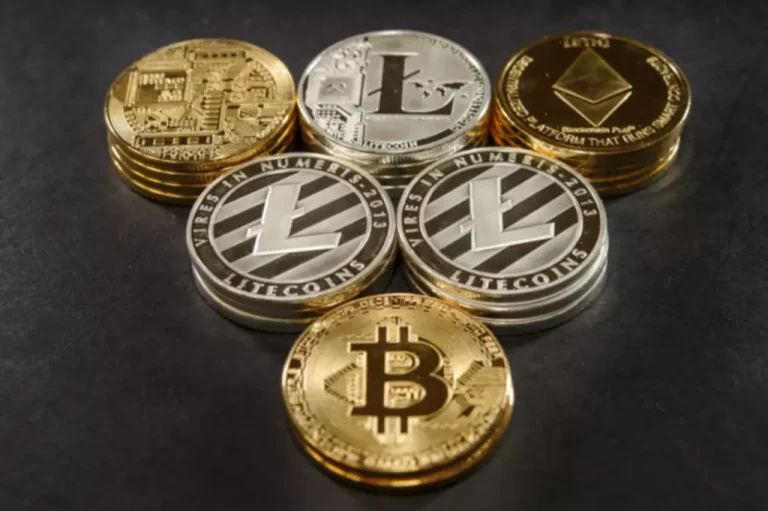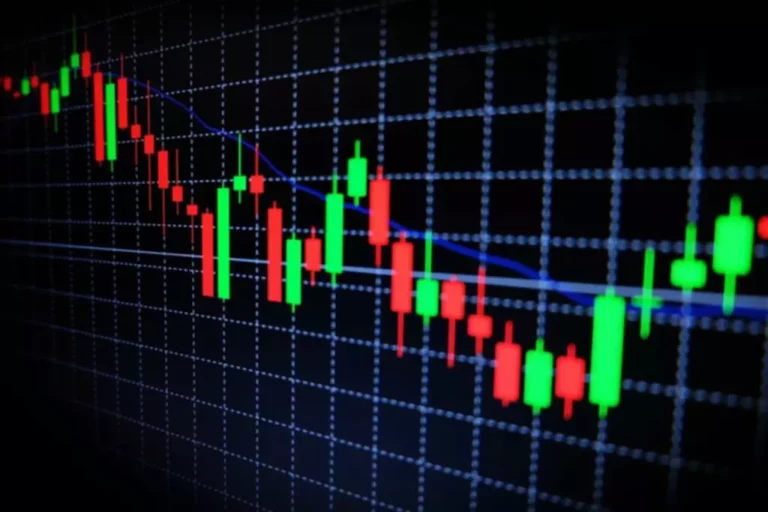Stablecoin: the main differences between USDT and USDC
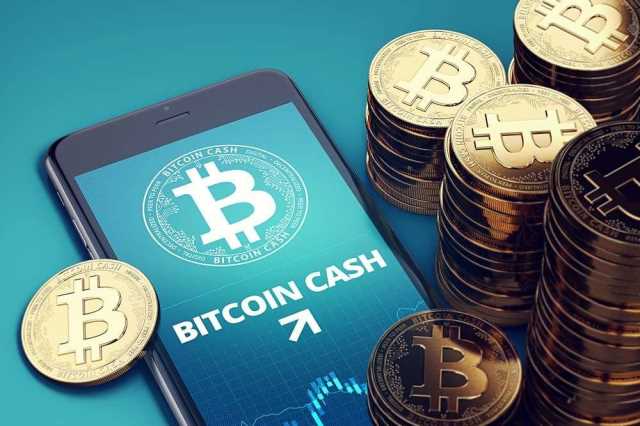
A stablecoin is a cryptocurrency that aims to maintain price stability by pegging its monetary value to a given fiat currency, typically on a one-to-one basis. Stablecoin advocates believe these cryptocurrencies are critical for bridging “real-world” assets like fiat currencies with digital assets on the blockchain. Others are skeptical, what is a stablecoin noting that they’ve played major roles in the collapse of several cryptocurrencies and crypto institutions. Even though they are an integral part of crypto and have enabled the creation of a new financial system, you shouldn’t underestimate the risks. We’ve seen stablecoin projects with failing pegs, missing reserves, and lawsuits.
What Are the Advantages of Stablecoins?
“While investing their dollar reserves can increase profits, it also increases the risk of a (bank) run, and not having sufficient liquid reserves to meet redemptions in response to an investor panic,” Natraj says. Conventionally, this would require foreign exchange (FX) conversions with multiple banks and intermediaries. This route would then involve a series of steps and various fees and often take a few business days to complete, as opposed to a stablecoin transfer which would be instant and come with low, or zero, fees. USDC’s reserves are held in safe assets that should retain their value, such as cash and U.S Treasurys.
What Are the Main Use Cases for Stablecoins?
- DAI is just one example, but all crypto-backed stablecoins rely on a mix of game theory and on-chain algorithms to incentivize price stability.
- When choosing between Tether and USD Coin, conduct your research and choose the most suitable and reliable stablecoin based on your needs.
- TerraUSD (UST) was the biggest algorithmic stablecoin, reaching a market cap of more than $18.7 billion at its peak on May 5 before it began to plummet sharply after it slipped below its peg.
- BUSD has the same function as any stablecoin — to help crypto traders in the volatile crypto markets by providing a cryptocurrency with a stable price.
- This introduces additional credit risk if they are for example swapping essentially credit risk free government debt for riskier commercial bank deposits.
- While such changes may result in additional consumer protections, they could also affect different stablecoins in different ways or result in restrictions that affect coin holders.
So another way to think about stablecoins is as a tokenized version of a fiat currency. In theory, a U.S. dollar-based stablecoin is a token that will reside on a blockchain and always trade for one dollar. Stablecoins try to tackle price fluctuations by tying the value of cryptocurrencies to other more stable assets – usually fiat currencies. Fiat is the government-issued currency we’re all used to using on a day-to-day basis, such as dollars or euros. A somewhat more successful algorithmic stablecoin is Frax (FRAX), which boasts a market cap of around $1.4 billion and has, until now, managed to maintain its peg. FRAX is based on an open-source protocol that lives on the Ethereum blockchain, and it uses a combination of collateral and algorithms.
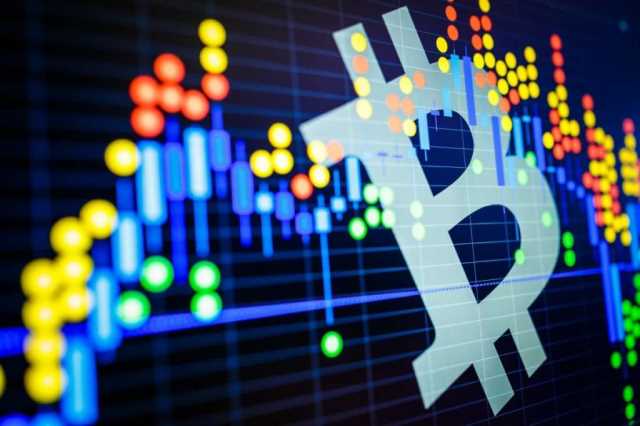
Algorithmic Stablecoin

So while stablecoins are incredibly versatile tools, do bear in mind that they’re still cryptocurrencies and hold similar risks. You can mitigate risks by diversifying your portfolio, but make sure to do your own research before investing or trading, and don’t invest more than you can afford to lose. Due to its volatility, cryptocurrencies haven’t achieved widespread use for day-to-day payments. Large stablecoins have a track record for maintaining their peg, making them suitable for daily use.
Is Bitcoin a stablecoin?
For example, in the U.S., one unit of a dollar-pegged stablecoin may be equal to $1. Crypto-collateralized and uncollateralized coins rely heavily on their community to function. It’s common to have open governance mechanisms in crypto projects, meaning that users get a say in the development and running of each project.
Subscribe to Decode Crypto
A fiat-backed stablecoin keeps a fiat currency, such as USD or GBP, in reserves. Users can then convert their fiat to a stablecoin and vice versa at the pegged rate. Stablecoins peg their value to other currencies, collateral or algorithms in order to offer more stability than other cryptocurrencies and to behave more predictably, like fiat currency. The value of most cryptocurrencies is largely determined by what the market will bear, and many people who buy them are doing so in hopes that they will increase in value.
Tether Stablecoin: USDT
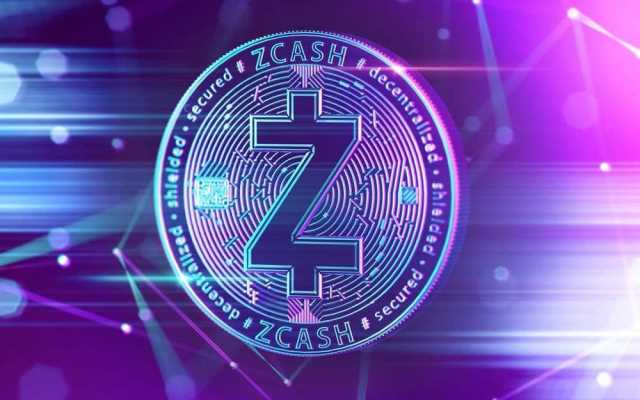
Whenever the holder of a stablecoin wishes to cash out their tokens, an equal amount of the collateralizing assets is taken from the reserves. Cryptocurrency’s unpredictability comes in contrast to the generally stable prices of fiat money, such as U.S. dollars, or other assets, such as gold. Values of currencies like the dollar do change gradually over time, but the day-to-day changes are often more drastic for cryptocurrencies, which rise and fall in value regularly. A “stablecoin” is a type of cryptocurrency whose value is pegged to another asset class, such as a fiat currency or gold, to stabilize its price. Fiat-collateralized stablecoins maintain a reserve of a fiat currency (or currencies), such as the U.S. dollar, as collateral, assuring the stablecoin’s value. However, central bank reserve access means systemic stablecoin growth in the UK would, unlike in the EU, take deposits and reserves from commercial banks, thus competing more directly with them.
- For this reason, they are not suitable to replace centralized currencies and are often considered as speculative assets.
- However, the Bank of England’s proposals for the UK’s new regulatory framework for private stablecoin-based retail payments could potentially pave the way for stablecoins to offer a viable alternative.
- Most largest cryptocurrencies by market-cap, on the other hand, are volatile.
- While this is a great shelter from volatility, it’s upside is capped at that of the pegged asset.
- In addition, the collateral of USDC is made public regularly and the companies that manage it, Circle and Coinbase, boast an excellent reputation in the crypto sector.
- But due to the underlying collateral being in cryptocurrency, it is prone to more volatility.
Stablecoins in a nutshell
Without the ability to rely on the value of these coins, cryptocurrencies are less suitable for financial transactions that require a stable value over a longer period of time, such as real estate transactions. Fiat currencies are the currencies you and I use every day to buy groceries and services such as the U.S. dollar, the British pound or the Euro (depending on where you are in the world). Fiat currencies offer a stable and largely predictable amount of value, making them suitable for both short and long term financial transactions. Stablecoins attempt to bridge the gap between these stable options and cryptocurrencies, which have shown volatility but offer greater utility benefits. Precious metal-backed stablecoins use gold and other precious metals to help maintain their value. These stablecoins are centralized, which parts of the crypto community may see as a drawback, but it also protects them from crypto volatility.
- This kind of approach is also known as “seignorage shares,” and they’re generally joined at the hip to a more traditional kind of cryptocurrency.
- Intraday swings also can be wild; the cryptocurrency often moves more than 10% in the span of a few hours.
- Some even use complex algorithmic programs to maintain the peg by controlling supply, although this doesn’t always work.
- So another way to think about stablecoins is as a tokenized version of a fiat currency.
- For example, in the U.S., one unit of a dollar-pegged stablecoin may be equal to $1.
- Users may be protected from sharp decreases in value for the most part, but they can’t expect much in the way of increased returns, either.
Crypto-Collateralized Stablecoins
Our estimates are based on past market performance, and past performance is not a guarantee of future performance. TerraUSD now trades under TerraClassicUSD (USTC) since the Terra blockchain was officially halted and de-pegged from the U.S. dollar on May 9. Adam Hayes, Ph.D., CFA, is a financial writer with 15+ years Wall Street experience as a derivatives trader.













